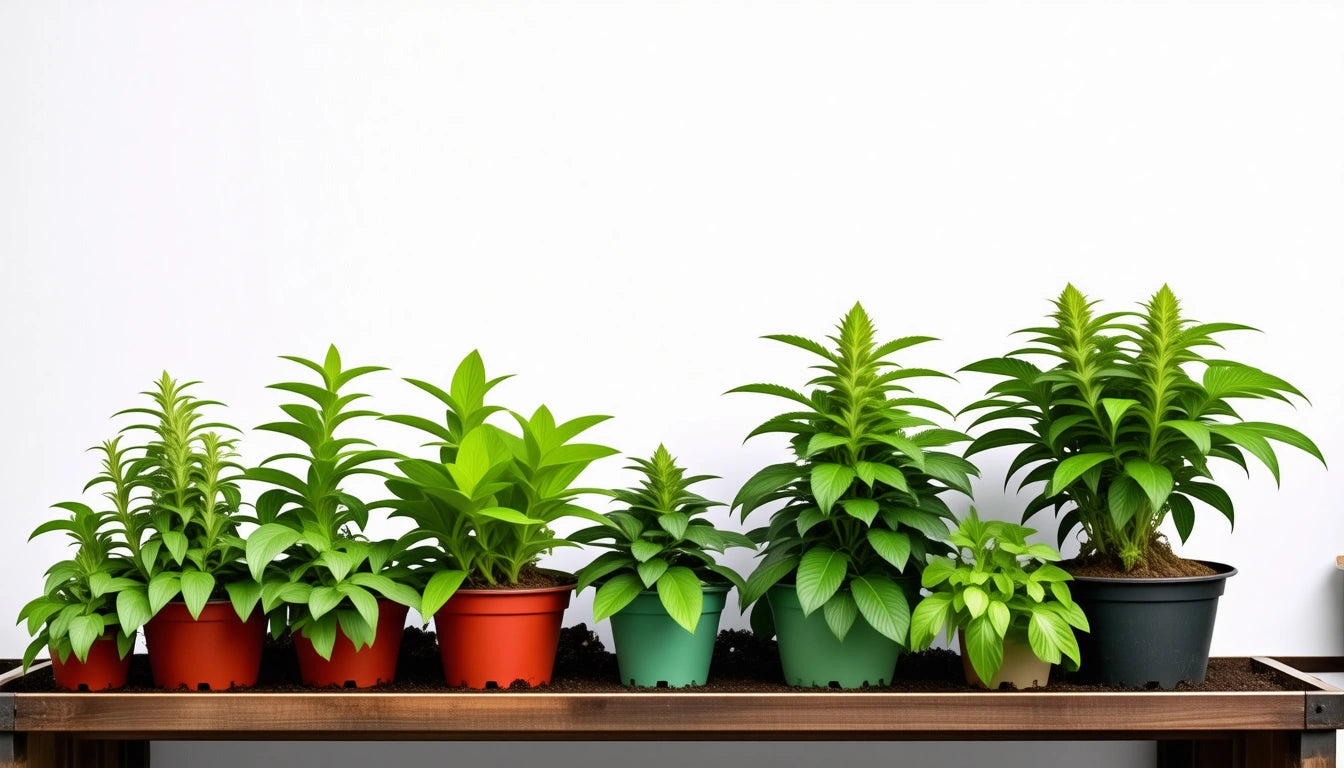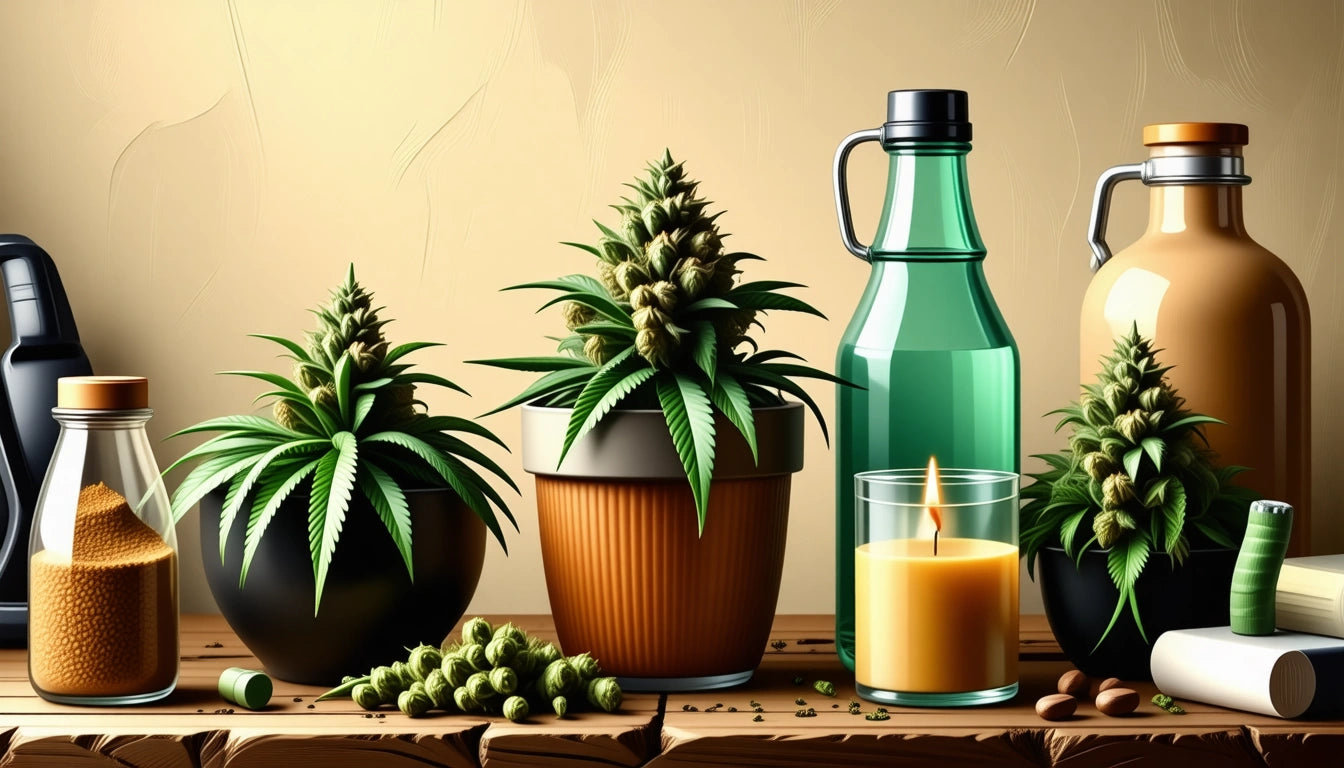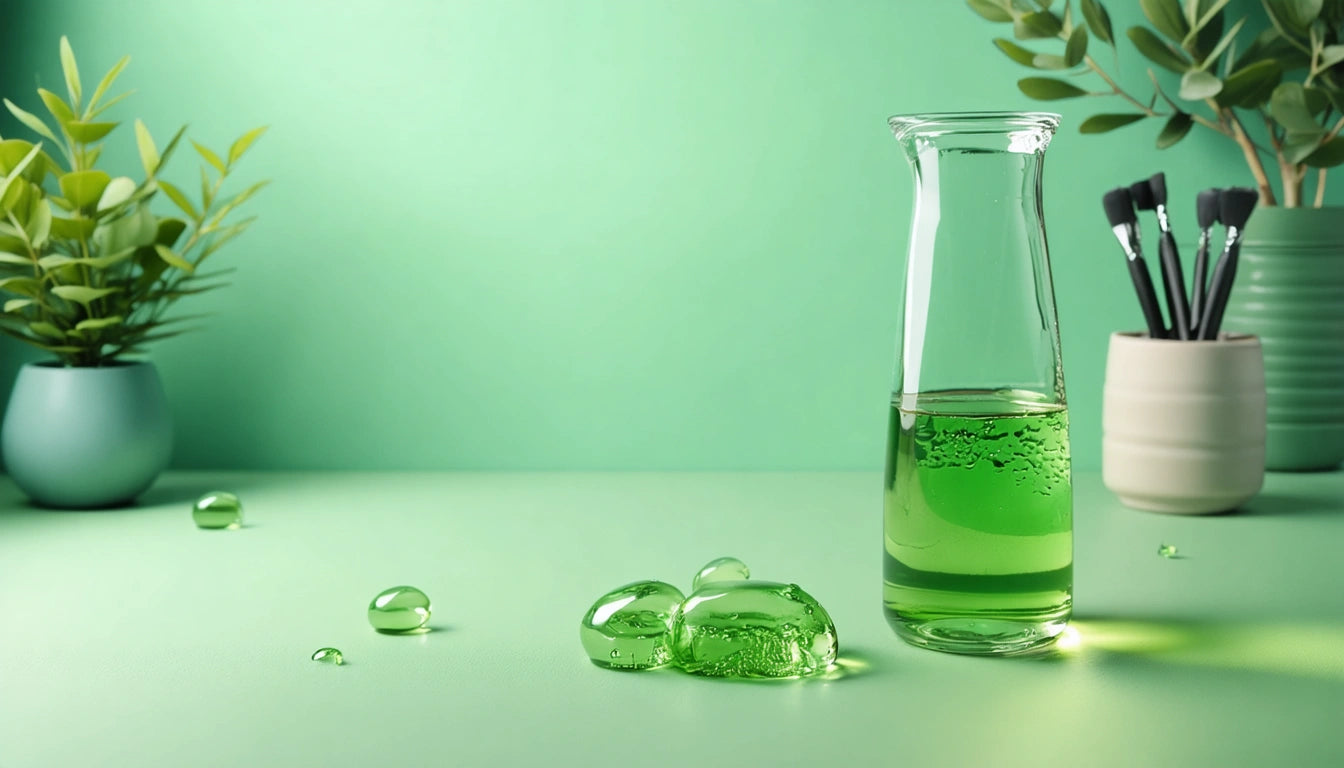Table of Contents
Essential Guide: What You Need to Grow Pot Indoors
Growing cannabis indoors offers numerous advantages including year-round cultivation, precise environmental control, and privacy. However, successful indoor growing requires specific equipment and knowledge. This comprehensive guide covers everything you need to know about what you need to grow pot indoors, from basic supplies to advanced techniques.
Growing Space Requirements for Indoor Cannabis
The first consideration when determining what you need to grow pot is adequate space. Indoor cultivation can be accomplished in various settings, from dedicated grow rooms to modified closets or specially designed grow tents.
Grow Tents and Dedicated Spaces
Grow tents are popular among beginners and experienced growers alike because they:
- Come in various sizes to accommodate different plant counts
- Feature reflective interior surfaces to maximize light efficiency
- Include built-in support for lights, fans, and filters
- Contain odors and create a controlled environment
For those wondering what do I need to grow pot in limited spaces, a 2'x2' tent can support 1-2 plants, while a 4'x4' space accommodates 4-6 plants. Height is also crucial, as plants need vertical room to grow, and lighting systems require hanging space.
Lighting Systems for Optimal Plant Growth
Proper lighting is perhaps the most critical element when considering what you need to grow pot indoors. Cannabis requires specific light spectrums and intensities at different growth stages.
Types of Grow Lights
- LED (Light Emitting Diode): Energy-efficient with customizable spectrums, minimal heat output, and long lifespan. Initial investment is higher but operating costs are lower.
- HPS (High-Pressure Sodium): Traditional option delivering high yields, but generates significant heat and consumes more electricity.
- CMH/LEC (Ceramic Metal Halide/Light Emitting Ceramic): Balanced spectrum with good efficiency and moderate heat output.
- Fluorescent (T5/CFL): Budget-friendly options suitable for seedlings, clones, and vegetative growth in small spaces.
According to this comprehensive indoor growing guide, light requirements vary by growth stage, with vegetative growth requiring 18 hours of light and flowering needing 12 hours of light and 12 hours of uninterrupted darkness.
Growing Medium Options and Container Selection
The growing medium provides support, nutrients, and moisture to your plants. When figuring out what do I need to grow pot indoors, consider these options:
Soil and Soilless Mediums
- Organic soil: Beginner-friendly, potentially enriched with nutrients, and supports beneficial microorganisms.
- Coco coir: Made from coconut husks, retains moisture well while providing good aeration.
- Perlite/vermiculite mixes: Lightweight, sterile mediums that improve drainage and aeration.
- Rockwool: Inert medium popular in hydroponic systems.
Container Selection
Container size affects root development and plant size. This guide on cannabis container selection recommends:
- 1-2 gallon pots for small plants or limited spaces
- 3-5 gallon containers for medium-sized plants
- 7+ gallon containers for larger plants
Fabric pots (smart pots) provide excellent aeration and prevent root circling, while plastic containers are durable and retain moisture longer.
Ventilation and Climate Control Essentials
Proper air circulation and climate control are essential when determining what you need to grow pot successfully. Indoor environments require management of temperature, humidity, and air quality.
Ventilation Components
- Exhaust fans: Remove hot, humid air and control odors when connected to carbon filters
- Intake fans: Bring fresh air into the growing space
- Oscillating fans: Improve air circulation, strengthen stems, and reduce mold risk
- Carbon filters: Eliminate cannabis odors before air is exhausted
Temperature and Humidity Control
Cannabis thrives in specific environmental conditions:
- Vegetative stage: 70-85 °F with 40-60% humidity
- Flowering stage: 65-80 °F with 40-50% humidity (reducing to 30-40% in late flowering)
Tools for monitoring and adjusting these conditions include:
- Thermometer/hygrometer devices
- Humidifiers for dry environments
- Dehumidifiers for controlling excess moisture
- Air conditioners for hot climates
- Heaters for cold environments
Nutrients and Watering Systems
Cannabis requires specific nutrients at different growth stages. When researching what do you need to grow pot indoors, nutrient systems are a crucial consideration.
Essential Nutrients
- Macronutrients: Nitrogen (N), Phosphorus (P), and Potassium (K)
- Secondary nutrients: Calcium, Magnesium, and Sulfur
- Micronutrients: Iron, Manganese, Boron, Zinc, and Copper
Most commercial cannabis nutrients come as complete systems with:
- Grow formula (higher N) for vegetative growth
- Bloom formula (higher P and K) for flowering
- Supplements for specific needs or deficiencies
Watering Systems
Options range from hand watering to automated systems:
- Hand watering: Simple and effective for small grows
- Drip irrigation: Delivers precise amounts of water to each plant
- Flood and drain: Periodically floods the growing medium with nutrient solution
- Deep water culture: Suspends plant roots directly in oxygenated nutrient solution
pH and EC/TDS meters are essential tools for monitoring water quality and nutrient concentration, ensuring optimal nutrient uptake.
Safety and Legal Considerations for Indoor Growing
Safety should be a top priority when determining what you need to grow pot indoors. Electrical safety, fire prevention, and proper storage of chemicals are essential considerations.
Electrical Safety
- Use GFCI outlets in areas with water exposure
- Avoid overloading circuits with high-wattage equipment
- Keep electrical connections away from water sources
- Consider consulting an electrician for larger setups
Child and Pet Safety
If you have children or pets in your home, securing your grow space is crucial. According to safety regulations for potentially harmful substances, proper storage and security measures should be implemented to prevent accidental access. This includes securing nutrients, pesticides, and harvested cannabis in child-resistant packaging.
Legal Compliance
Before determining what do I need to grow pot indoors, research local laws regarding home cultivation. Even in legal states, there are typically:
- Limits on plant counts
- Requirements for securing plants from public view
- Restrictions on selling home-grown cannabis
- Rules about proximity to schools or other facilities
This guide on legal considerations for beginners provides more detailed information on navigating the complex legal landscape of home cultivation.
Long-Term Success Strategies for Indoor Growers
Successfully determining what you need to grow pot indoors is just the beginning. Long-term success requires ongoing learning, adaptation, and investment in quality equipment. Start with the basics and expand your setup as you gain experience and confidence in your growing skills.
Keep detailed records of each grow cycle, noting what works and what doesn't. Join online growing communities to learn from others' experiences and stay updated on new techniques and technologies. With the right equipment, knowledge, and attention to detail, indoor cannabis cultivation can be a rewarding hobby or profession that yields high-quality results year-round.











Leave a comment
All comments are moderated before being published.
This site is protected by hCaptcha and the hCaptcha Privacy Policy and Terms of Service apply.